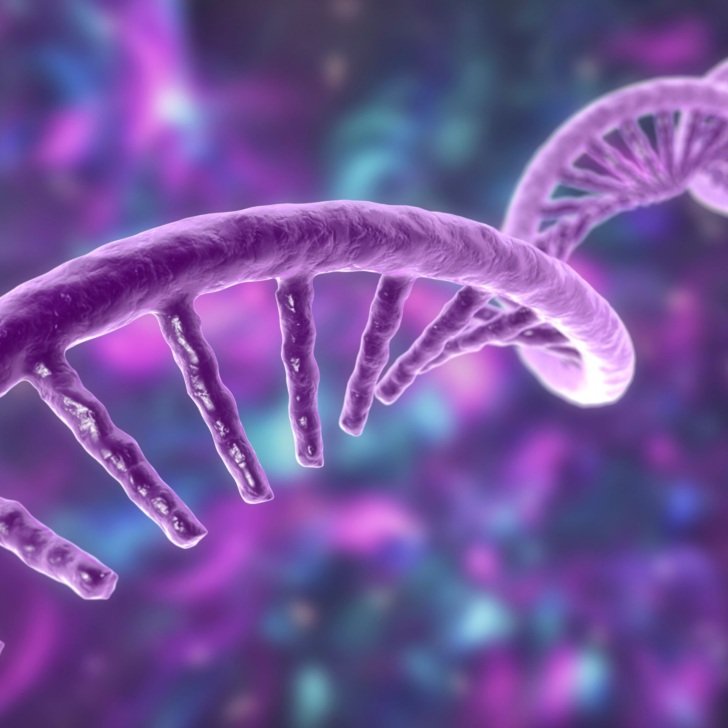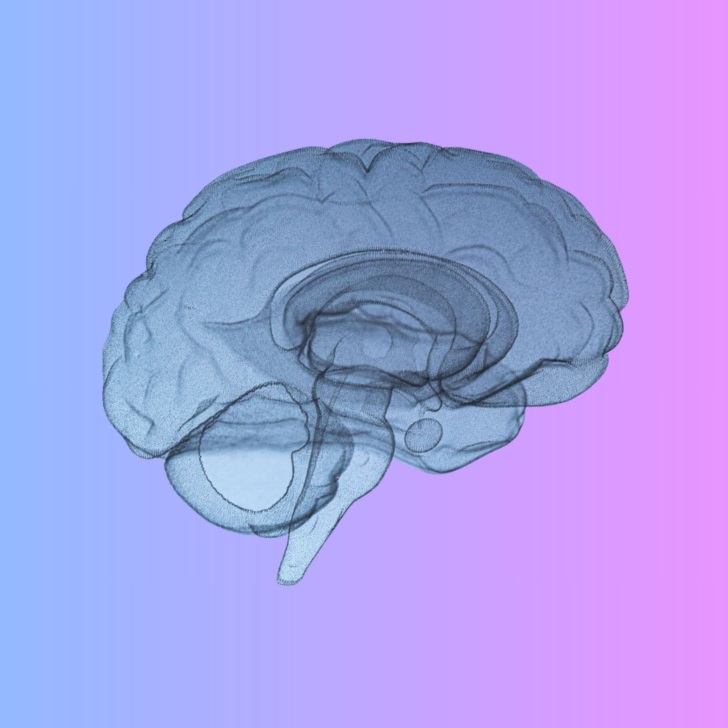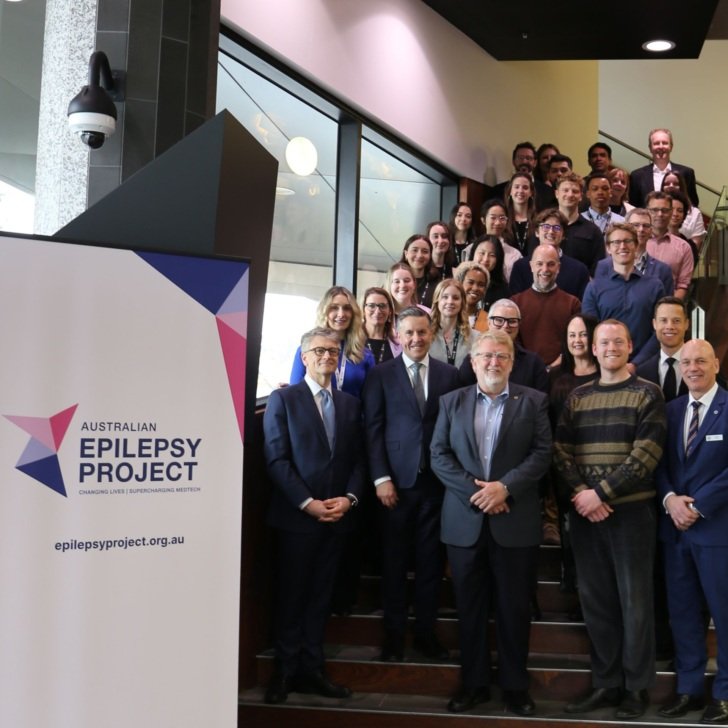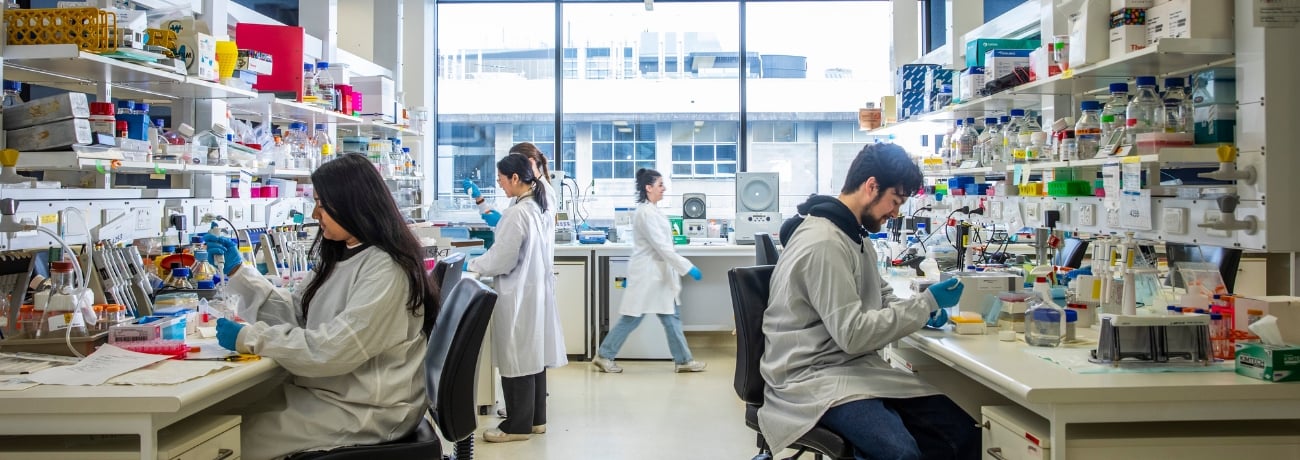Iron is important for many body and brain functions, but too much or too little can be harmful. In the brain, loss of iron management – excess iron where it is not needed and insufficient iron where it is needed – may be enough to trigger ferroptosis, a particular way cells can die, that seems to play a big role in many serious brain diseases.
The word ferroptosis means “iron-dependent cell death”. It is derived from the Latin word “ferrum” meaning iron – abbreviated to Fe – and the Greek suffix “ptosis”, meaning “a falling off”.
Unlike other forms of cell death, ferroptosis happens when there is run-away damage to cell membranes. These membranes are made up of lipids and proteins, and act as a barrier separating the cell’s interior from its external environment. Problems with iron management can initiate damage, leading to an “oxidative stress” which can eventually kill cells, including those in the brain.

Scientists at The Florey and around the world are exploring how ferroptosis may be involved in several brain-related conditions. These include common age-related neurodegenerative conditions like Alzheimer’s disease and Parkinson’s disease, as well as stroke and certain brain cancers such as glioblastoma.
What is the effect of ferroptosis?
All cells maintain their lipid membranes to stay healthy. During ferroptosis, damage to these membrane lipids builds up, and drives further lipid damage, until cells die.
- Neurodegenerative diseases: Diseases like Alzheimer’s, Parkinson’s, and Huntington’s all involve the slow loss of brain cells. Ferroptosis may be one reason why this happens.
- Stroke: When someone has a stroke, blood flow to the brain is reduced or cut off. Ferroptosis may be one of the ways brain cells die after this type of injury.
- Brain tumours: Some aggressive brain tumours, such as glioblastoma, may use or be affected by ferroptosis. In some cases, driving tumour cells to undergo ferroptosis might be a way to stop tumour growth.
A path toward new treatments
Because ferroptosis appears to be involved in so many brain conditions, we and other scientists are looking at it as a new target for treatment. By better understanding how this process works, our research teams hope to find drugs or therapies that can block or control it, protecting brain cells or killing tumour cells to slow disease.
Ferroptosis is still a growing field of study, but it holds promise. It could help unlock new treatments for some of the most challenging brain disorders.













